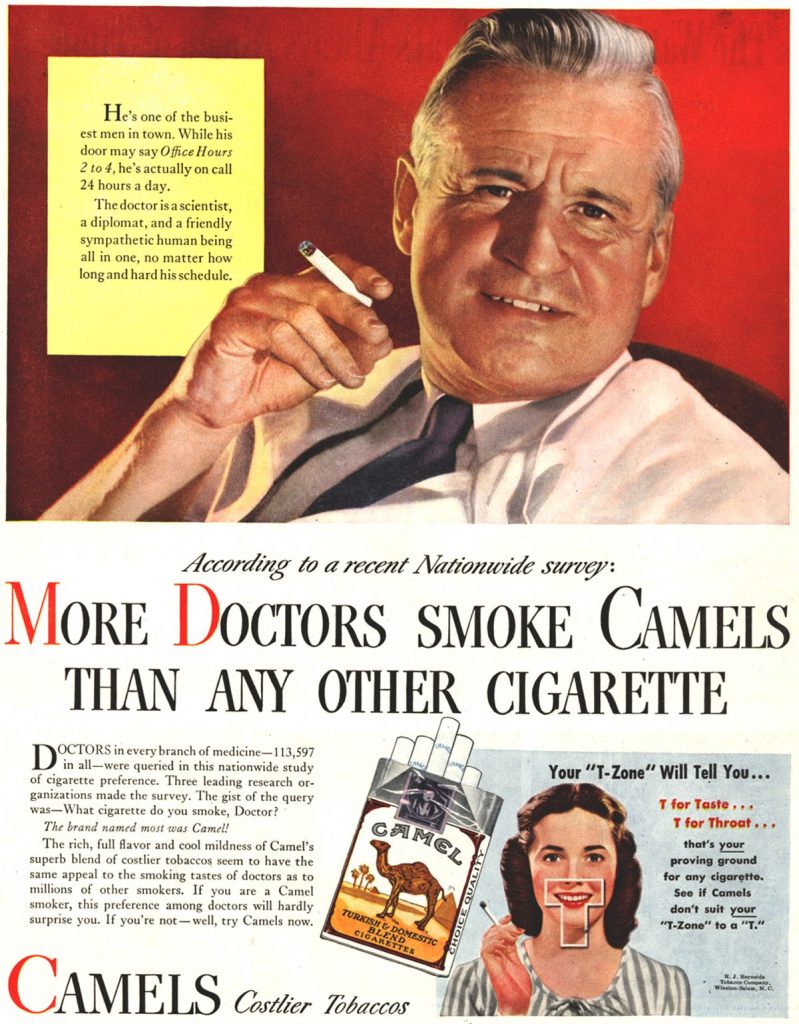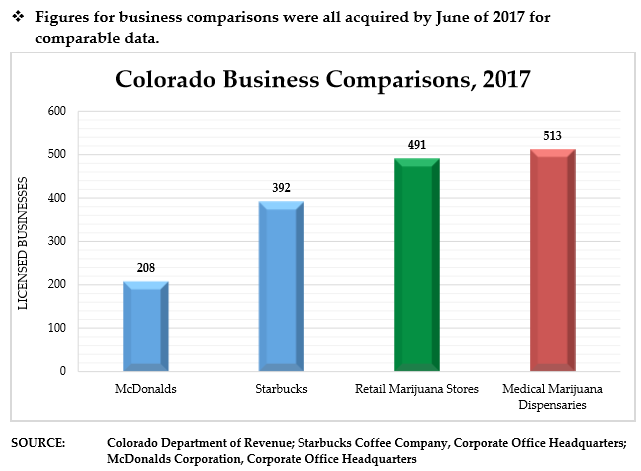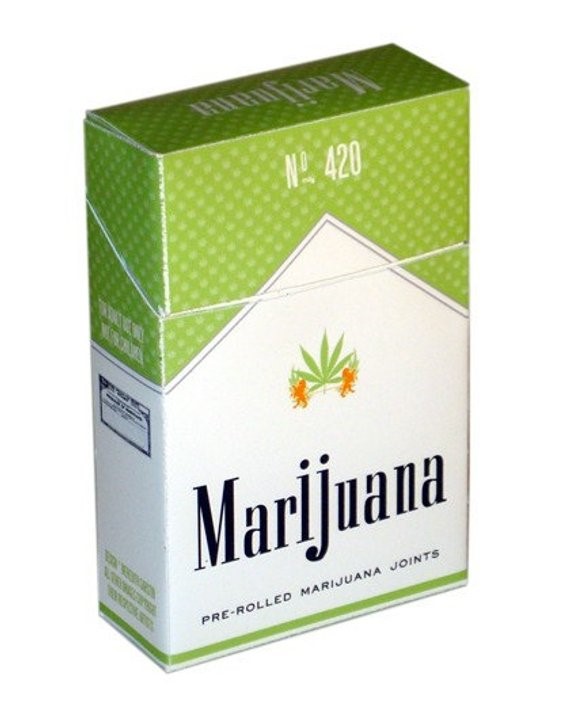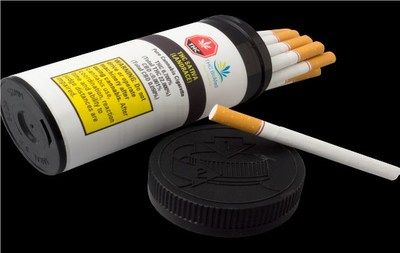 Tobacco companies lied to New Zealanders and the world for more than a century about the dangers of smoking. They based their market on addiction. They deliberately targeted kids. They even had doctors promote cigarettes as medicine. And today we are paying the price.
Tobacco companies lied to New Zealanders and the world for more than a century about the dangers of smoking. They based their market on addiction. They deliberately targeted kids. They even had doctors promote cigarettes as medicine. And today we are paying the price.
The conversation is now being dictated by Big Marijuana who will profit. Follow the money. Big Marijuana will deny evidence-based science, and will minimise harms by emphasising the fiscal benefits of large tax revenue. Sound familiar?
Big Tobacco will morph into Big Marijuana. Legalising marijuana will create the next “Big Tobacco” of our time. A new industry of lobbyists and special interests will put profits over evidence-based policy protecting public health and safety. In the US states that now have legal marijuana, regulation is failing, the black market continues to thrive, young drug use is increasing, and the number of car crashes involving marijuana is sky-rocketing.
For example, while many Colorado communities have opted out of marijuana commercialisation (up to 2/3rds of local councils), there are now more marijuana stores statewide than McDonalds and Starbucks combined in Colorado.

Source: https://rmhidta.org/files/D2DF/FINAL-%20Volume%205%20UPDATE%202018.pdf
 We know if it’s legalised, a commercial marijuana industry will act just as the tobacco industry acts. Today’s highly potent marijuana represents a growing and significant threat to public health and safety, a threat that is amplified by a new marijuana industry intent on profiting from heavy use.
We know if it’s legalised, a commercial marijuana industry will act just as the tobacco industry acts. Today’s highly potent marijuana represents a growing and significant threat to public health and safety, a threat that is amplified by a new marijuana industry intent on profiting from heavy use.
What is now known due to decades of fighting the tobacco industry (in 2016, cigarette and smokeless tobacco companies spent $9.5 billion on advertising and promotional expenses in the United States alone, more than $26 million each day, to advertise and promote cigarettes — US Centre for Disease Control) and the courage of industry whistle-blowers, is that tobacco firms and vested interest groups actively obscured, lied and denied cigarette harms and made concerted marketing efforts to target the young.
There is no adequate reason why the government can persistently and successfully target smoking and not do likewise with drugs. The end goal of the anti-smoking campaign is not ‘slow down’ or ‘moderate’ but ‘QUIT’, with numerous strategies and support agencies assisting on the journey. And the numbers overwhelmingly suggest that it is working.
Interestingly, exposure to marijuana smoke is three times more harmful than exposure to tobacco smoke.
“How can we tout “Smokefree 2025” while we discuss legalising an inhaled product with more than 100 harmful substances?”
Dr Stephen Child – general and respiratory physician, past chair of the New Zealand Medical Association
Society has successfully and rightly stigmatised tobacco use for both health and cosmetic reasons. Why the disconnect between tobacco and marijuana? Why is one stigmatised and the other seen as benign?
Helen Clark, who is a patron of Action for Smokefree 2025 (ASH), said even though youth smoking was at a record low, the country could not get complacent. “New Zealand only has seven years left to achieve the Smokefree 2025 goal.”
“For more than half a century, tobacco companies have engaged in an unrelenting campaign to deceive the American public and the United States government about the health effects of their deadly products. The companies have denied the lethal effects of smoking, of secondhand smoke, and of smokeless tobacco use. They have targeted their advertising at youth to replenish the supply of smokers and manipulated the levels of nicotine in their products to ensure that users remain addicted. And through it all they cynically offered a series of allegedly less harmful innovations—from filters to “light” cigarettes to new “smokeless” products—that in fact, when used, were no safer at all, but that dissuaded smokers from ending their use of tobacco. The campaign of deception has involved the suppression of scientific evidence, the hiding and destruction of documents, and the enlistment of supposedly objective research institutions and scientific experts paid by tobacco companies to sow doubt and confusion.”
Source: http://publicgoodlaw.org/wp/wp-content/uploads/sites/3/2013/04/DiscountTobacco-amicus-filed.pdf
Tobacco companies paid lavish sums to the medical industry in return for endorsements
SEE THE IMAGES http://tobacco.stanford.edu/tobacco_main/index.php
“The use of marijuana … has important implications for the tobacco industry in terms of an alternative product line. [We] have the land to grow it, the machines to roll it and package it, the distribution to market it.”
(1970s report commissioned by cigarette manufacturer Brown and Williamson now merged with R.J. Reynolds)
“The key to it [legalizing marijuana for recreational use] is to have 100s of thousands of people using it ‘medically’ under medical supervision, the whole scam is going to be blown. Once there is medical access and we do what we continually have to do, and we will, then we will get full legalisation.”
Richard Cowen, former Director of NORML (National Organisation for Reform of Marijuana Laws), 1993
UPDATE June 2019:
 THC BioMed Intl Ltd in Canada has announced that it is the first Canadian Licensed Producer to automate the pre-rolling of cigarettes containing 100% cannabis (the “Pure Cannabis Cigarettes”). “In the same way automation changed the tobacco industry, THC BioMed is confident the automation of Pure Cannabis Cigarettes will bring meaningful changes to the current cannabis industry and its bottom line. … The automated cigarette manufacturing plant is capable of producing up to 5,000 cigarettes per minute.
THC BioMed Intl Ltd in Canada has announced that it is the first Canadian Licensed Producer to automate the pre-rolling of cigarettes containing 100% cannabis (the “Pure Cannabis Cigarettes”). “In the same way automation changed the tobacco industry, THC BioMed is confident the automation of Pure Cannabis Cigarettes will bring meaningful changes to the current cannabis industry and its bottom line. … The automated cigarette manufacturing plant is capable of producing up to 5,000 cigarettes per minute.
